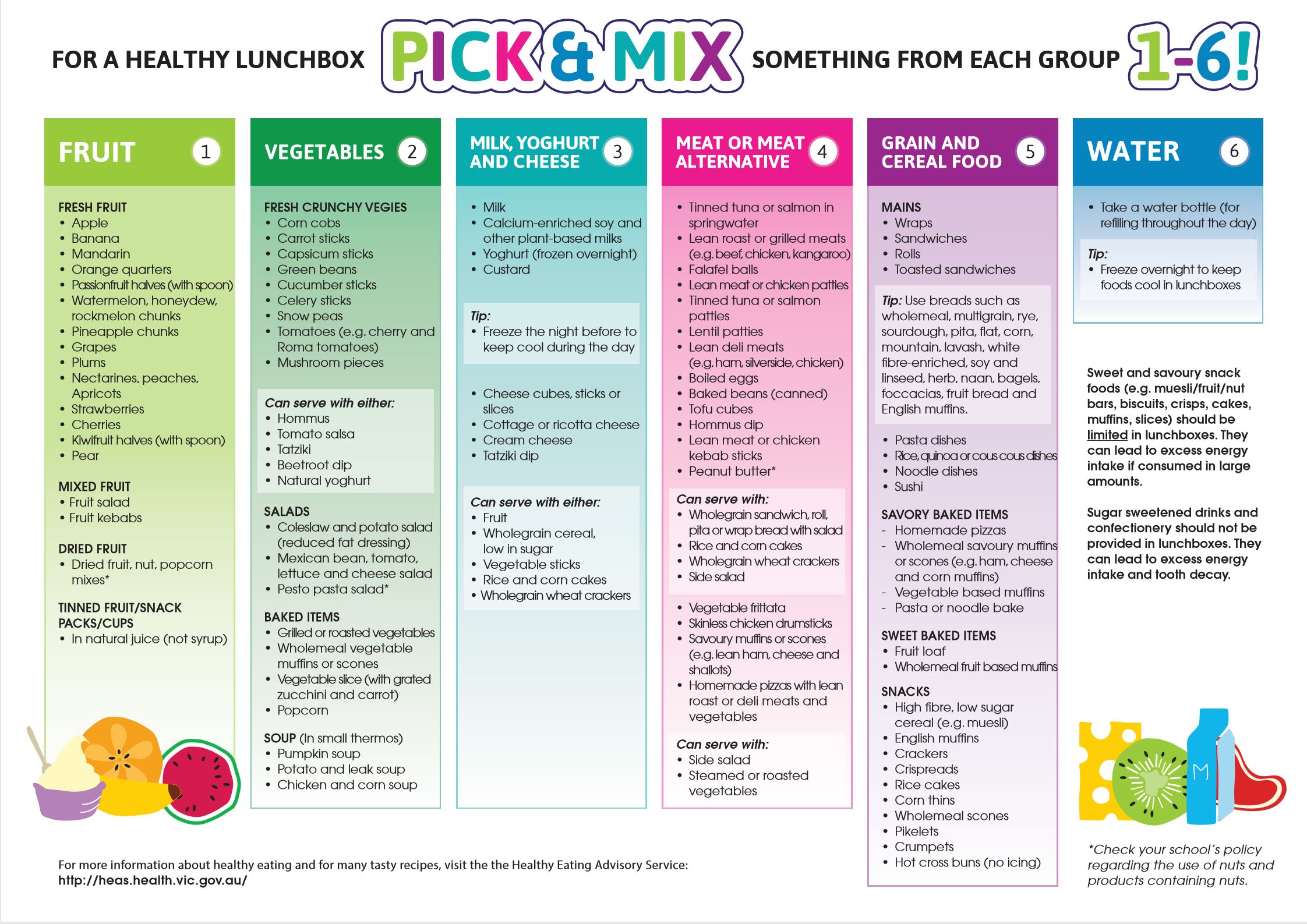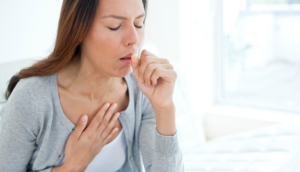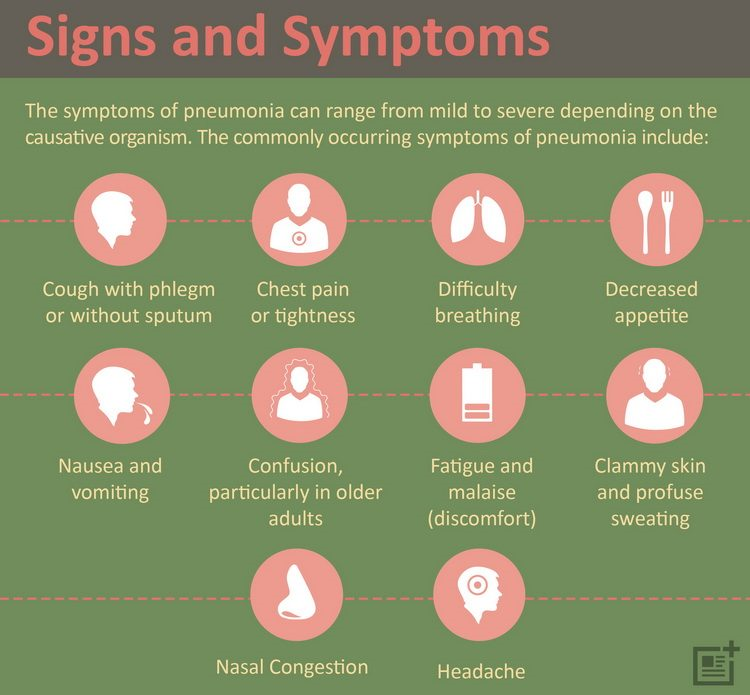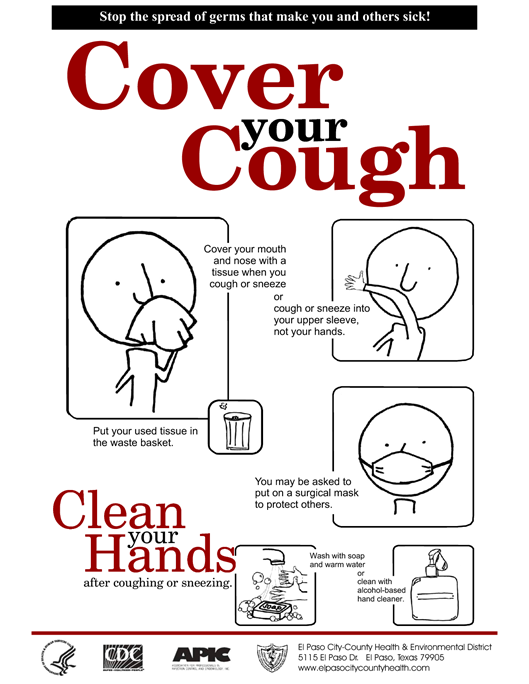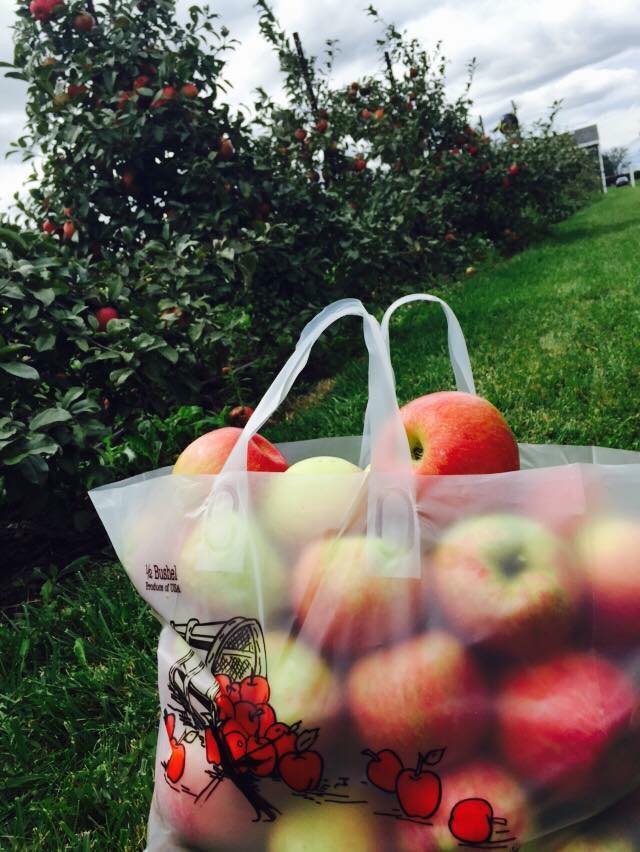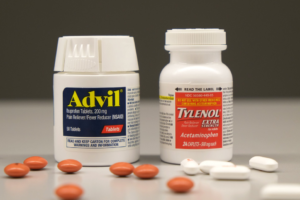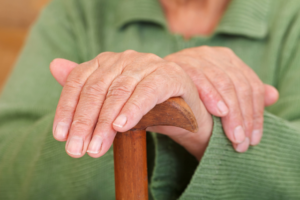Archive for September, 2018
What’s for Lunch? A Back-To-School Lunch Guide By Our September Student Pharmacist, Rebecca Miller.
Feeding our kids healthy and nutritious meals is important because, according to the American Academy of Pediatrics, kids who eat nutritious meals do better in school.
Everyone knows that eating healthy is better for kids, but just how bad is it for a child to eat unhealthy food? A poor diet increases a child’s risk of obesity, cancer, poor cognitive development, and poor school performance (CDC). A single can of soda each day increases a child’s risk of obesity by 60%.
Most parents know that feeding their kids unhealthy food is not good for them. They know that their kids need to eat healthy to be healthy. But they don’t know what is considered healthy or how to make a healthy lunch that will work for school and which their child will eat.
What is a healthy lunch?
School-aged kids need somewhere between 1,200 and 3,000 calories per day. The exact number depends on a variety of factors which include age, gender, and activity level, among others. Every child is so different, though, that it is much less important to make sure that they are not getting too many calories and much more important that the food they have access to has the right kinds of calories.
A simple rule of thumb is to eat, per total meal, ¼ fresh or frozen fruit, ¼ fresh or frozen vegetables, ¼ whole-grains, ¼ protein, and have a serving of dairy (in addition or as the protein). The fruits and vegetables ensure that the child is getting plenty of vitamins, minerals, and quick energy. The protein and whole grains ensure that the child will have long-lasting energy to carry them through the school day and keep their minds sharp.
OK, but that is too expensive and takes too much work for our family…
Luckily, your child doesn’t need a complicated meal every day for lunch. A lunch box filled with grapes (fruit), carrots (vegetable), whole grain crackers (grain), and yogurt (protein and dairy) gives your child everything they need for a healthy lunch. Add a re-fillable bottle of water to keep them hydrated and they are ready to go. Below you can follow a chart which gives several ideas to help you mix and match items from each category to create healthy lunches that are quick to assemble, won’t be boring, and don’t break the bank.
One way to make packing a healthy lunch easier on hectic mornings is… pack the night before. If there are any ingredients which could get soggy (like bread with mustard), just pack them separately and have your child assemble them when they are ready to eat.
How do I get my child on board?
A great way to reduce the frequency of the inevitable battle of food that your child doesn’t want is to give them a list of options from each category (either a list of what you have in the house or a list of what you are willing to buy the next time you go to the grocery) and allow them to choose which options they prefer. This allows you to be sure that they are getting a healthy meal and allows them to have some control and choice in their lunches. Packing lunches the night before also allows the kids to participate, giving them a sense of involvement.
For additional resources on healthy meal options see www.choosemyplate.gov
What is “Walking Pneumonia”? By Our September Student Pharmacist, MiKayla Matheny.
Most people know someone who’s had pneumonia but not everyone really knows what it is.
Pneumonia is a lung infection that is often caused by bacteria but can be due to viruses or other germs. Pneumonia happens when an infection causes the air sacs in the lungs to fill up with mucus. This can cause a fever, chest pain (that is usually worse with deep breaths), a fast heartbeat, shaking or chills, and coughing that brings up mucus.
When a pneumonia is really bad, it needs urgent medical attention and treatment to help prevent further problems. Sometimes, however, pneumonia can be pretty mild and may be hard to recognize. This type of mild pneumonia is sometimes called a “walking pneumonia” because a person who has it may not feel very sick and can still walk around, go to work, and do most of their normal activities. A person with walking pneumonia may have headaches, body aches, a persistent cough, and generally feel tired or run-down. These symptoms are not always bad enough to make a person think they are sick or they may be mistaken for the symptoms of a common cold.
Walking pneumonia may not sound so bad compared to what people tend to think of with a serious, full-blown pneumonia, but it is still very important to treat it. Here’s why:
Walking pneumonia is usually caused by a different, more unusual type of bacteria than most other pneumonias. This type of bacteria (doctors call it Mycoplasma) grows more slowly than other pneumonia-causing germs but can be harder to get rid of. This means that walking pneumonia tends to get worse slowly, but usually does continue to get worse without treatment. The bacteria that typically cause walking pneumonia can be resistant to some common antibiotics, so it is very important to get treatment early. Treating walking pneumonia, or any type of pneumonia for that matter, as early as possible helps the person recover much more quickly and reduces the risk of having other more serious problems. If you have symptoms that could be pneumonia, it is important to see a doctor.
Even with very mild symptoms, walking pneumonias can still be contagious and spread to other people. An infection which might just be uncomfortable or inconvenient for a young, otherwise healthy person can be devastating if it gets passed to someone with a weaker immune system. Young children, older people (>65 years), and people with chronic medical conditions like asthma, COPD, uncontrolled diabetes or kidney problems are much more at risk of having serious problems if they catch pneumonia.
To help prevent the spread of pneumonias and many other infections (like the flu) always cover your coughs and sneezes and wash your hands frequently. Stay home when you are sick and wear a face mask if you need to go out in public. It is also very important to get your flu shot every year and as well as pneumonia shot if you need one.
Allergies. By Our September Student Pharmacist, Rebecca Miller.
There are many kinds of allergies (food, pollen, pet, mold, dust, insect sting/bite, latex, drug, the list goes on…) but today’s discussion will focus on seasonal allergies caused primarily by pollen.
What are allergies?
Allergies are what happen when your body sees something normal from your environment and thinks that it is an invader. Imagine what happens when you see a garden hose slinking through tall grass… You scream ‘SNAKE’ and start to hit it with a shovel and end up with lots of missing chunks of your yard… Maybe that is just me after three cups of coffee. But that is what is happening inside your body when you have allergies–your immune cells see something that vaguely looks like something bad and then they attack. But during the attack, they also cause collateral damage and that damage is the symptoms of seasonal allergies
What are the symptoms of seasonal allergies?
The most common symptoms of seasonal allergies affect the nose and eye, can be mild or severe, and are often confused with a cold:
- Runny or stuffy nose
- Sneezing
- Itchy nose, eyes, or ears
- Puffy or watery eyes
- Cough
- Fatigue
Can seasonal allergies happen all year?
A person can have environmental allergies that affect them all year, though they usually have different causes. Seasonal allergies are most commonly caused by pollen, while year-round allergies (at least in Ohio) are more likely to be caused by pets, dust, or mold. A person could also suffer from both seasonal and year-round allergies.
How do you treat seasonal allergies?
Over-the-counter antihistamines are usually very effective at treating seasonal and year-round allergies. There are also nasal sprays and eye drops available. Talking with your pharmacist can help you decide which option is best for you.
How do you prevent seasonal allergies?
The best way to prevent seasonal allergies is to figure out what you are allergic to and then avoid it. This is much easier for some people than others. The person who is allergic to grass pollen will find it much harder, for instance, to avoid the cause of their allergy than someone who is allergic to marigold pollen. Even so, there are some things that everyone can do:
- Use air filters in your house which meet HEPA standards and change those filters regularly to reduce the amount of allergens in the air in your house.
- Stay indoors on windy days when allergens are more likely to be picked up into the air by the wind.
- Don’t hang laundry outside because allergens can stick to them and then to you.
- Avoid doing yardwork, but if you must be outside, make sure to shower and change your clothes as soon as you are done to remove any allergens that might be on you or your clothing.
When should you talk to the doctor?
Seasonal allergies are often easy to take care of on your own, but there are some instances where it is important get the doctor involved. If you are experiencing any of the following, then you should talk with your doctor:
- If your symptoms are affecting your ability to complete normal daily activities
- If over-the-counter medicines are not able to control your symptoms
- If you suffer from asthma or another chronic respiratory illness
- If you have significant pressure/pain in your sinuses or ears
The Orchard and Company is Open Weekends from 11 am to 6 pm through October 28.
The Orchard and Company, a family friendly destination, will be open from 11 am-6 pm, September and October weekends through October 28th.
The Orchard and Company features, not only an apple orchard, but also many exciting activities meant to entice visitors from Plain City and across the state.
You can take part in the “U-Pick Apples” as different varieties of apples become ready for picking. Check out the web site HERE for picking schedules, pricing, and the type of apple that is ready to pick.
For children, there are tons of fun activities that will keep them on the move, including a pedal car track, tire climb, jumping pillow, zip lines, wagon rides, and more. If the kids aren’t tired after a day at The Orchard, they must be robots!
The Orchard and Company is located south of Plain City at 7255 US Highway 42 North at the intersection of US Highway 42 and Price Hilliard Road, just a short, scenic drive from Columbus, London, Marysville, or Dayton. They are located across the road from Canaan Middle School.
The Orchard and Company would also like to encourage bicycle aficionados to ride out. The Orchard and Company is only a few miles from the Heritage Rail Trail’s endpoint on Cemetery Pike in Plain City.
An Orchard Festival Farm Yard day pass is $10.00 for adults and children (3-18), $5.00 for seniors. Children two and under receive free admission.
Fishing in The Orchard’s pond requires an additional $2. Gem Mining to search for “pay dirt” gems is $5.00, while a hunt for fossils is $6.00.
The Orchard and Company can also accommodate large groups and parties. Contact The Orchard for a place to host school outings, birthday parties, reunions, weddings, company meetings, and other special occasions.
For more information on The Orchard and Company, visit their web site: www.theorchardandcompany.com
Become a fan on Facebook HERE.
Over-the-Counter Options for Osteoarthritis Pain. By Our September Student Pharmacist, MiKayla Matheny.
It is estimated that more than 45 million Americans, over 17%, have some form of arthritis.
The most common form of arthritis is osteoarthritis which results from ‘wear and tear’ on the joints. About a third of adults over age 65 have osteoarthritis. This type of arthritis is due to the breakdown of cartilage, which normally serves as a cushion and shock absorber between the bones in joints. As the cartilage gradually decays, joints can become stiff and painful to move.
Arthritis tends to get worse gradually over time and the pain and stiffness associated with arthritis can have very significant impacts on a person’s daily activities and their ability to do things they enjoy. However, there are treatment options available, many of which are over-the-counter (OTC) and available without a prescription. Let’s discuss a few of the most common oral OTC options to help with pain due to osteoarthritis:
Acetaminophen (Tylenol) – – Tylenol is a household name for a reason. Acetaminophen (sometimes abbreviated as APAP) is usually one of the first things recommended as an OTC option for pain. It is safe for most people when taken correctly and can be very effective.
Because of the way acetaminophen is metabolized by the liver, people with a history of liver problems should not take acetaminophen without talking with a doctor first. Taking too much acetaminophen can damage your liver, so you should never take more than the maximum dose indicated on the bottle (usually less than 4000 mg), unless your doctor specifically tells you to do so. Also, it is important to be aware that acetaminophen is contained in many combination OTC products, such as medicines for cough or cold, allergies, migraines, and sleep.
Ibuprofen (Advil, Motrin) – – Ibuprofen can often be more effective than acetaminophen for arthritis pain because it has greater anti-inflammatory activity. However, ibuprofen has many more side effects and safety concerns. Ibuprofen is generally better for short term or occasional use. Long term use of ibuprofen can cause stomach ulcers or bleeding, can increase high blood pressure, and can cause kidney damage. Ibuprofen also interferes with the heart protective and clot prevention effects of daily low dose aspirin. This risk is minimized with only occasional ibuprofen use and single doses of ibuprofen are generally okay with aspirin. However, it is best to take ibuprofen at least eight hours before or two hours after a low dose aspirin. People on long-term low dose aspirin therapy should consult a doctor before using ibuprofen regularly or often. Never take more ibuprofen than the dose recommended on the bottle label unless told to do so by a doctor.
Naproxen (Aleve) – – Naproxen is in many ways similar to ibuprofen and has most of the same safety considerations because they are in the same class of medications. Some people prefer naproxen to ibuprofen, or vice versa, but there is no evidence that either is really more effective. The main differences between the two are that naproxen can be a little easier on the stomach and does not need to be taken as frequently as ibuprofen because it lasts longer in the body.
While these are the most common choices, there are many other options for arthritis pain available over the counter. There are several types of topical medications (which are applied to the skin rather than taken by mouth) which can also be very effective. Topicals can be more convenient or more effective for some people, but the choice of a topical medication is often very individualized. If you ever have questions about what OTC arthritis pain reliever would be best for you, ask your doctor or pharmacist to help you pick one out.



